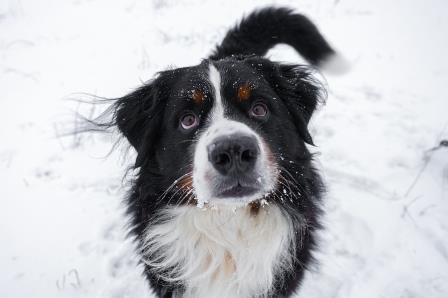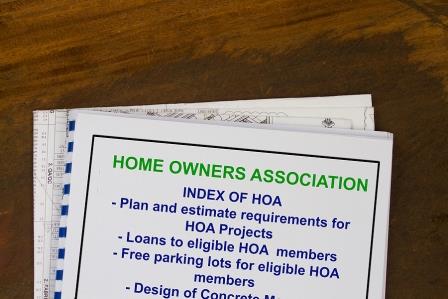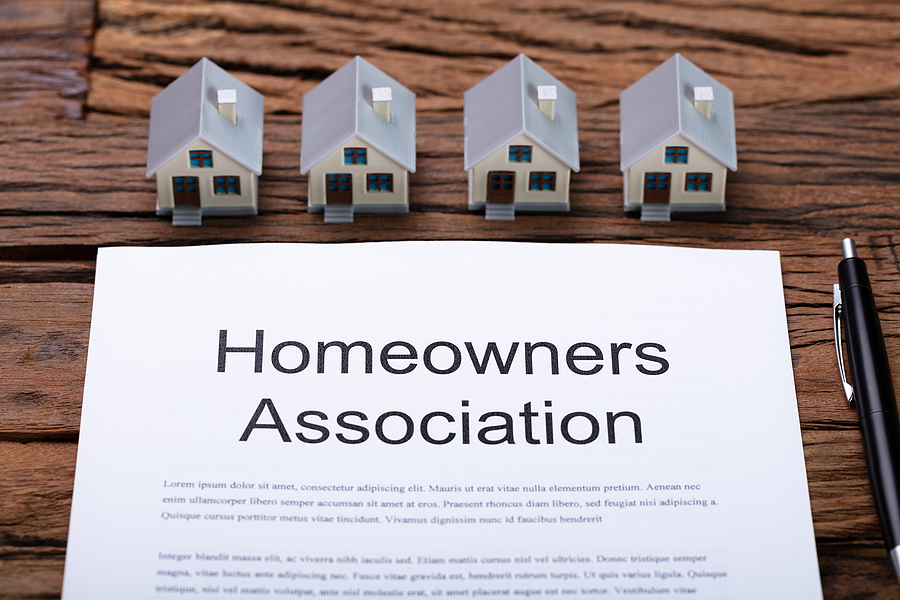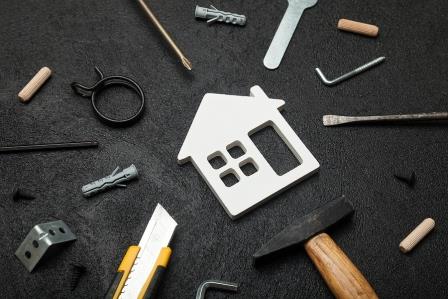New Pets and HOA Living

Since the beginning of the COVID-19 pandemic, pet adoptions have skyrocketed. For companionship and the fact many are working for home full-time, it’s clear this has been the year to get a dog. If you are one of those new puppy owners, you may find these tips helpful in your training journey. Please also note, there are some special considerations for those living in an HOA regarding pet (especially dog) ownership. Training Tips: Establish a potty routine. When potty training a dog, it is important to establish a routine that includes potty times, location, affirmation, and phrasing. Take your puppy our after certain times of day, go to the same part of your yard, give your dog affirmations when they are done, and say a word or phrase that you can eventually use to remind them what to do when distracted. Crate training is essential. Whether you need time to do housework without a puppy underfoot or you are going out to run errands, crate training your dog will help them feel at peace when you are gone. Slowly introduce the crate, then lock them up for short periods of time. When they can go 30 minutes of crate time while you are home without whining, you can start to leave the house. Keep initial trips short, slowly lengthening your time away from home until your dog is comfortable. Leash train your dog. Especially in a shared living community, having your dog used to being on a leash is important. Most communities have rules that animals must be on some type of leash, so by training your dog you will also be adhering to your HOA’s standards. Start leash training by putting the leash on your pet while they are spending time indoors. When they are used to it, start walking your dog around your house so they know what it will feel like and don’t have as many distractions as they would outdoors. Finally, take them outside with their newly developed leash skills! Pets and HOA Living: Please keep in mind your neighbors and the rules of your HOA. Some of the most common complaints regarding pets in an association include: Nuisance behavior. Lack of physical control over your dog, your dog relieving itself on walls or floors of common areas, aggressive and/or dangerous behavior, and conspicuous uncleanliness or parasite infection. Barking problems. If your dog barks continually for a period of 10 minutes or intermittently for a certain amount of time at any time during the day or night, you could be in violation of noise rules. Picking up poop even in winter weather. No one likes to spend more time outside than needed when it’s cold and snowy, but that doesn’t mean you can leave your dog’s poop outside until spring.
Reviewing Your Dues

Goods and services go up over time. Doing an annual maintenance plan and having a reserve study done every few years will help your board understand what should be charged for dues each month to adequately fund your HOA. The other part of the equation is accounting for inflation of goods and services year-over-year. Opening the conversation to assess your dues can be very helpful for boards so special assessments can be avoided. Rising interest rates. No matter what we do, we can’t escape rising prices. As prices increase and dues stay the same rate, your spending will become unsustainable. Even if you have a modest budget, you can never tell when an emergency could occur that forces you to use up any extra money you had. Ease of payment. Doing small but steady price increases will be much easier on HOA members’ wallets than sudden price jumps every few years. Small increases normally have less backlash and are easier for homeowners to budget around than large, irregular increases. Larger increases are also more likely to go unpaid, reducing your budget even further. Caps on annual increases. In most association’s governing documents, there is a maximum percentage that you can increase your dues every year. When you try to catch up with a large due increase, the cap percentage may not be large enough leaving your HOA to run at a deficit until you can increase prices again next year.
Updating Governing Documents

A new year is nearly upon us. That means it’s time for HOAs to conduct their annual review of governing documents. As your board takes on this task, there are some key elements to address. Areas to Review in Governing Documents Developer/declarant rights. If your HOA is new, it important to understand what declarant control is and why your governing documents need to be updated. Before an HOA is controlled by a board, the association is under “declarant control”, meaning the developer or other involved party has control of the property. If you have an operating HOA board, you no longer need sections or wording associated with developer/declarant rights, so you can either edit them to reflect the Board’s leadership position or get rid of them all together. Not in alignment with state laws. One way to quickly check if your document aligns with state laws is by comparing the dates of the laws mentioned in your bylaws to the date your bylaws were signed into effect. If your bylaws are older, it is good practice to review them to ensure your HOA is still in compliance. Outdated communication and voting requirements. The COVID-19 pandemic changed many things, but one of the most significant is how people vote and everything from their HOA boards to our elected officials. Make sure your voting options are updated by including options for voting by mail, online, and by proxy. If your bylaws also state that the only acceptable way of voting is via mail, make sure you update them to reflect current technology that your HOA uses when voting. Difficult to understand. If you feel like you need a team of lawyers to decipher your bylaws, it is worth the time to edit them to make them clear for all to understand. If there are words that you had to look up or phrases that left you scratching your head, it’s time to reword them for clarity.
Maintenance Plan Review

Maintenance plans are very important to the value of each owner’s property in an HOA. We first covered this topic in March of 2020 (read here), but it is worth reviewing again as the year draws to a close. An annual plan to address both regular maintenance like fence repairs/upkeep is critical, but each HOA also needs to assess their needs for large scale maintenance projects such as paving replacement or new siding. The large maintenance expenses can be addressed through a Reserve Study to ensure your HOA is collecting enough in dues to put into the reserve account for large or unexpected repairs. Every maintenance plan should address 5 main goals. First and foremost, a Maintenance Plan is in place to preserve the value of all owner’s investment in the property. Enhance the property value, maintain the property value and create a comfortable place to live. Increase efficiency of HOA operations. Preventative Maintenance Plans help buildings operate efficiently. By effectively maintaining equipment, it functions at the highest levels and can reduce operational inefficiencies due to unexpected breakdown and can lessen wasteful energy usage. Prevent failures of building systems. Buildings that operate trouble-free allow the occupants to enjoy the property as intended. Preventive maintenance includes regular inspections and replacement of equipment crucial to building operations. Sustain a safe and healthy environment. Protecting the physical integrity of building components preserves a safe environment for residents. Provide cost effective maintenance. Preventive maintenance can prevent minor problems from escalating into major failures and costly repairs. Preventive maintenance can be handled relatively cheaply, efficiently, and systematically through advance scheduling while major failures always happen after hours, at peak billing times and to equipment that must be special ordered. A maintenance plan in conjunction with a reserve study will help your HOA maintain its property value and aesthetic for many years to come.
